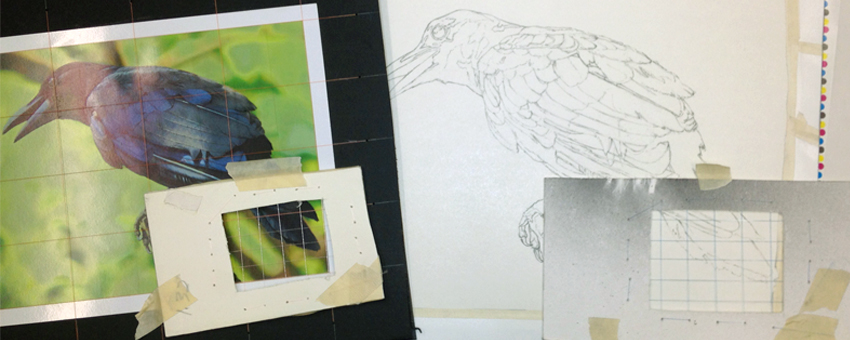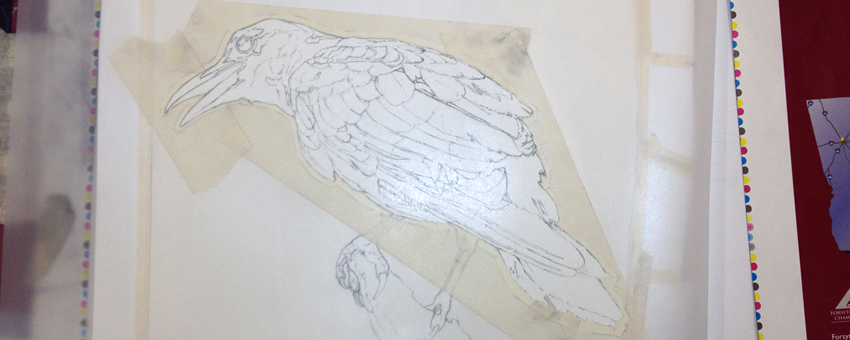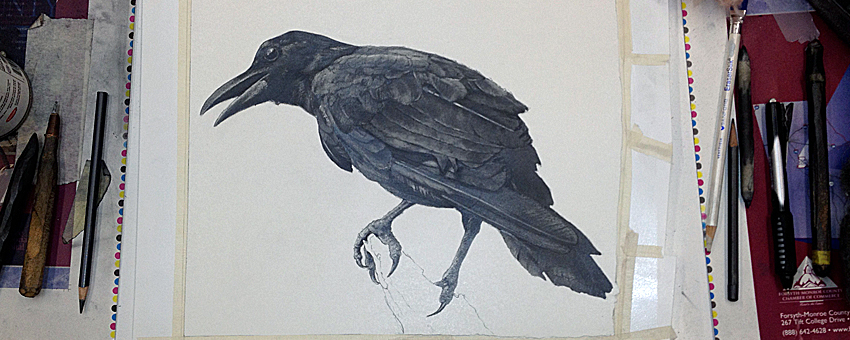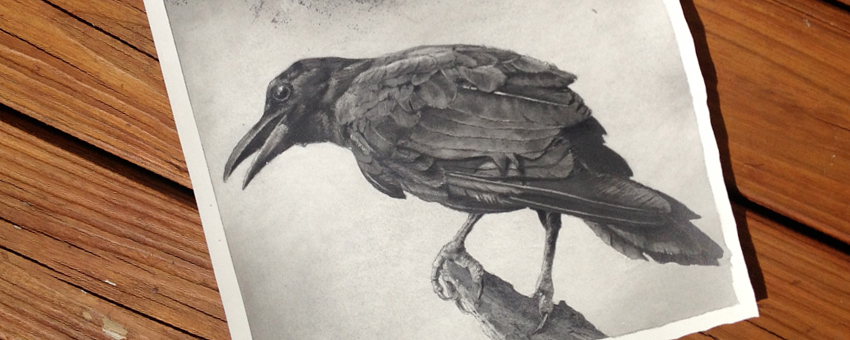MASKING AREAS OF DETAIL, APPLYING GRAPHITE
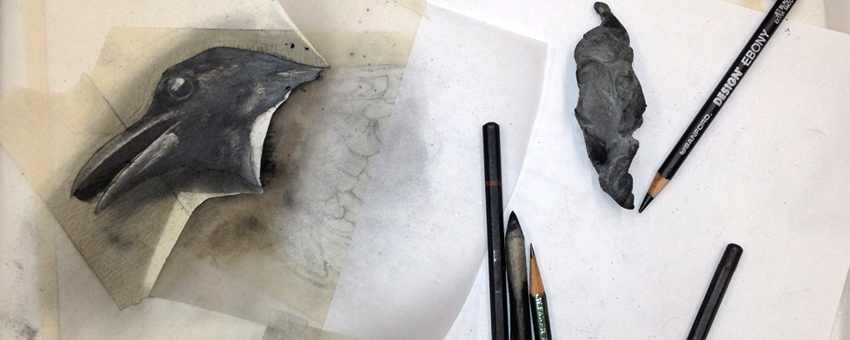
Next, I select a single area within the composition and isolate it by masking the surrounding area. The exposed shape is where I’ll begin to apply the powdered graphite. Using my hands, rags, plastic bags, and brushes, I draw into the exposed area with graphite and fix it in place with acrylic spray. I may do this a number of times until I’m satisfied with the result. For texture, I continue to work the shape with handmade scrapers, steel wool, and lacquer thinner, again fixing the surface with acrylic spray. When I finish working the area, I seal it under a final coat of acrylic, mask it to protect it, and move on to another piece of the composition. The entire piece is thus created, one segment at a time, like a hidden jigsaw puzzle.
